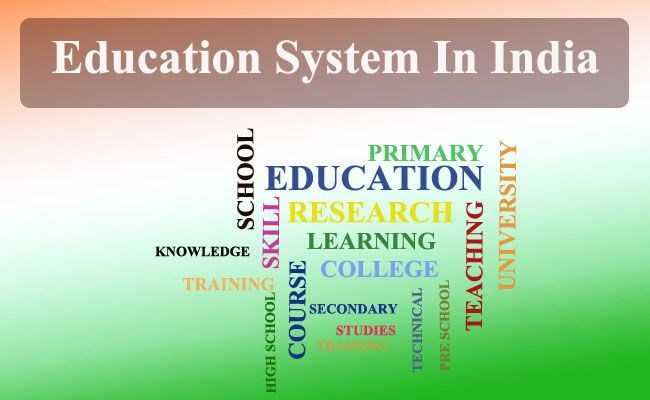
16-Jun-2025 , Updated on 6/16/2025 7:09:51 AM
What Went Wrong with India’s Education System Post-Independence?
Universal Access Remained Elusive
The availability of quality education to all in India was not attained after gaining independence. The infrastructure, especially rural, was unable to develop due to chronic underfunding that never exceeded 6 percent of GDP that is recommended. The continued inequity in terms of geography, gender, socio-economic status and caste drastically curtailed participation. Poor provisioning meant there were not enough schools, particularly in higher levels and due to that one has to travel miles or they drop out. Several failed implementation schemes were as a result of incompetence and corruption. Therefore, the high rates of dropouts attributed to economic hardship, child labour, and discrimination threw universal access- into jeopardy by the fact that millions of children were still left out of school even though there was an increase in enrolment.
Outdated Pedagogy Hindered Critical Thinking
The colonial system of pedagogy that was all about rote learning and textbooks-driven education remained part of the education system in India even after gaining independence. The fundamental mistake was a deep sense of dependency towards learning passively and spouting information. Examination systems made it clear that rote learning was rewarded heavily, and questioning, explorations or autonomous research were in fact discouraged. The classroom environments stifled the voices of students and questions. This dogmatism effectively murdered curiosity and ability to think analytically and instead of developing the critical thinking necessary to find solutions to difficult problems, it theatrically suppressed it. Such problematic practices were additionally entrenched by curricular rigidity, which was a deterrent to intellectual development.
Vocational Training Received Inadequate Priority
The education system adopted in India after Indian independence had major shortcomings when it comes to vocational training. Policy was influenced by deep-rooted preferences of the society about academic degrees as a method of measuring value compared to practical skills. The desire to build nations based on theoretical higher education discouraged proper investment in vocational structures in national frameworks. Such recommendations to integrate vocational streams came to be with the Kothari Commission (1966) but little was in the way of implementation. The 1986 policy aimed at having 25 percent of vocational enrollments by 2000 yet it recorded a small percentage. This institutional malfeasance caused graduates to have non- employment-related skills even in very harsh skill labour shortages in the industry. A massive gap had been produced by the continual underestimation of vocational education regarding employability.
Rural-Urban Resource Divide Persisted
The education system in India did not succeed in the post independence period to narrow the widening rural-urban resource divide. The allocation and flow of resources to the urban centers was always a higher priority than rural schools, which remained under-equipped all the time. The severity of shortage in these institutions was also high: lack of proper infrastructure without viable use of classrooms, sanitation and electricity; extreme teacher shortage and shortage of teaching materials. The urban schools on the other hand got the upper-edge by means of unequal resources, good facilities and trained staff. This ratio directly translated into wide variations in the results of education. Rural students had much lesser enrolment rates, increased dropout rates particularly amongst the marginalized and poor quality of learning. As a result, the system strengthened the pre-existing social economic imbalances rather than being an equalizer and this maintained the upper hand on the rural communities. This skew is a system failure that is critical.
Policy Implementation Lacked Effective Coordination
The education system of India created after its independence was handicapped by a serious structural weakness, that of a splintered implementation. Functions were distributed under different central ministries and state departments, as well as local organs with no good coordination. Top down policies often overlooked the realities at the ground level and local differences. At the same time, the state governments had few resources or ability to implement a national framework on a consistent basis. More importantly, there was a chronic atrocious level of communication and coordination between these heads of administration. This constant lack of connection led to duplication of efforts, conflicting action and there was a lot of gap in service delivery. Failure to put in place coherent implementation machinery contributed directly to the unevenness in quality of education, inefficient use of resources and reproduction of inequalities and thwarted national objectives in education.

Content Writer
Hi, I’m Meet Patel, a B.Com graduate and passionate content writer skilled in crafting engaging, impactful content for blogs, social media, and marketing.
Join Our Newsletter
Subscribe to our newsletter to receive emails about new views posts, releases and updates.
Copyright 2010 - 2025 MindStick Software Pvt. Ltd. All Rights Reserved Privacy Policy | Terms & Conditions | Cookie Policy